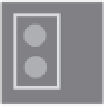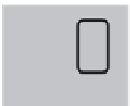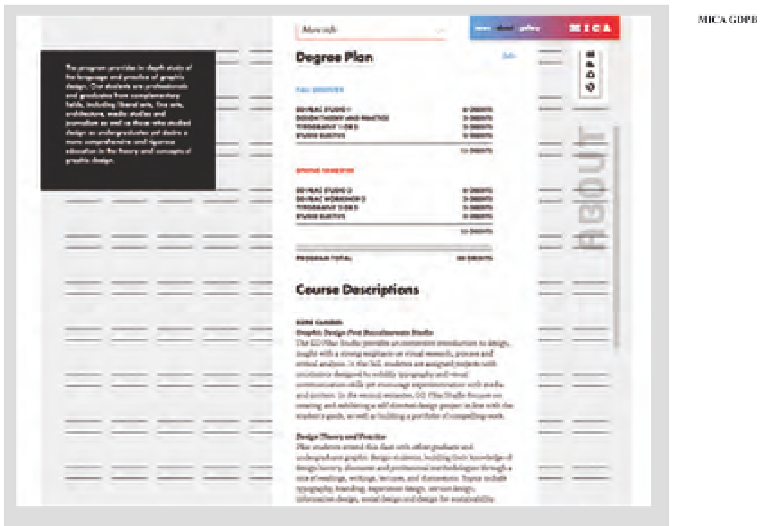Graphics Reference
In-Depth Information
Desktop publishing
Digital typesetting moved onto the designer's desktop with the
development of more powerful personal computers, software
applications, and laser printers (Fig.
7-23
). Page-design programs
were made possible by the development of interpretive programming
languages that provide a software interface between page-design
programs and output devices. Interpretive programming languages
like PostScript by Adobe Systems were specifically designed to handle
text and graphics and their position on the page. The introduction
in 1985 of products like the page layout software PageMaker and the
Apple LaserWriter printer gave designers more flexibility in how they
worked, keeping more of the production process in the studio and
decreasing dependence on service bureaus and commercial printers.
Color monitors, faster processors, and more robust file storage
methods continued to speed up the design process.
Such major leaps forward in typographic technology have
brought unprecedented control and freedom to typographic design.
These tools make it possible for designers to make unlimited changes
to their designs, create mock-ups from laser or inkjet printers, and
send electronic proofs to clients and collaborators. One file can take
many forms and may be sent to a commercial printer, self-published,
converted to a template, made into an interactive Portable Document
Format (PDF), or used as a prototype for an app, game, or web page.
Control over the means of production of typography has also given
designers the tools to experiment with typographic form, composing
it in unconventional or expressive ways by manipulating settings of
leading, tracking, rotation, and more.
.....................
.....................
.....................
......................
.....................
.....................
.....................
.......................
..............
..............
..............
..............
.................................
7-23
Components of
a desktop publishing
workstation.
7-24
Web typography
is no longer limited to
a simple outline layout
and can use a wide array
of typefaces and column
arrangements. (Designer:
Mark Sanders)




































































